How Mexico, Guatemala and Belize Just Joined Forces to Save 14 Million Acres of Maya Jungle
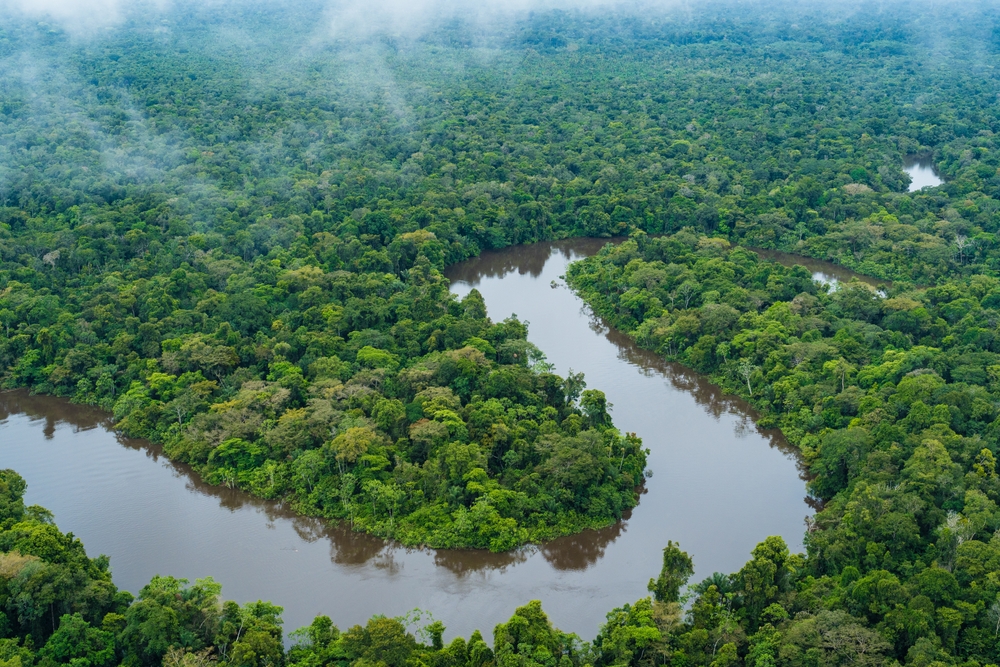
The leaders of Mexico, Guatemala, and Belize recently did something rare and profoundly important in an era when global cooperation often feels fragile. They came together to sign a historic agreement to protect one of the most ecologically and culturally significant landscapes in the Western Hemisphere: a vast rainforest spanning all three countries. The new initiative, known as the Calakmul Biocultural Corridor and already being celebrated as the Great Mayan Jungle will knit together more than 50 existing protected areas into one continuous expanse of preserved wilderness. Covering roughly 14 million acres (5.7 million hectares), the corridor will form an unbroken chain of tropical forest that stretches from southern Mexico through northern Guatemala and into Belize.
This monumental conservation effort will make the region the second-largest protected tropical forest in the Americas, surpassed only by the Amazon Basin. But its importance goes beyond numbers. The corridor safeguards a living cradle of biodiversity home to jaguars, tapirs, scarlet macaws, and countless endemic species while also preserving sacred Mayan archaeological sites and sustaining the livelihoods of Indigenous and rural communities who have cared for this land for generations.
In a world where deforestation, climate change, and habitat loss continue to accelerate, this cross-border pact represents not only an environmental victory but also a political and moral one. It signals that regional collaboration, when rooted in both ecological science and cultural respect, can achieve what individual nations often cannot: a unified front against the destruction of our planet’s last great wild places.
A Story of Hope Amid Climate Despair
In a world drowning in grim environmental news, this felt like a high-five from the planet. From the canopy to the temple ruins, the corridor stitches together ecosystems and human history: jaguars and quetzals nest under the same green roof that sheltered ancient Maya cities. Leaders framed the deal as both ecological rescue and cultural duty protecting species and sacred places in one ambitious sweep.
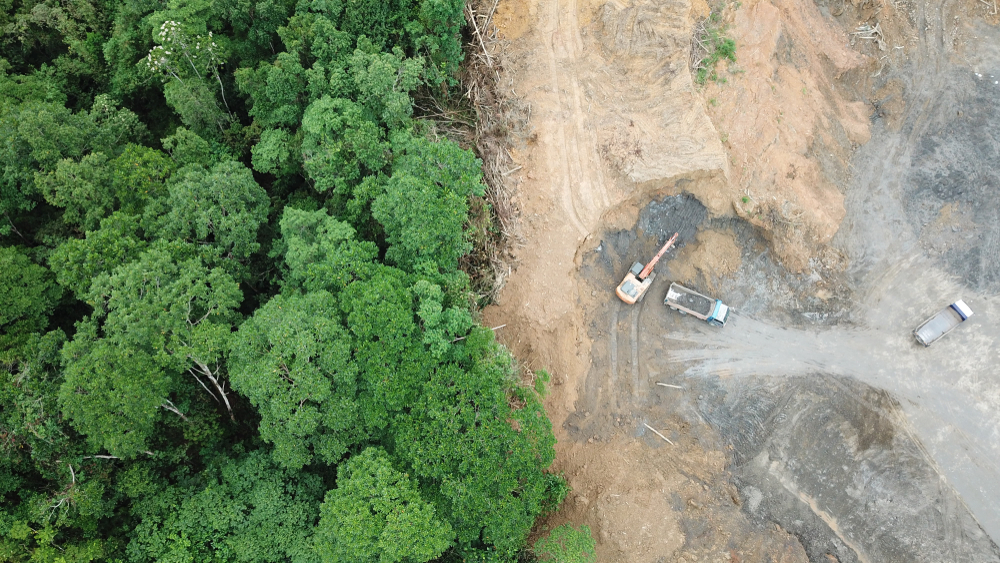
The corridor, declared in early October 2025, was unveiled at a summit in Calakmul where Mexican President Claudia Sheinbaum, Guatemalan President Bernardo Arévalo and Belize Prime Minister Johnny Briceño signed what they called a “historic declaration.” For the first time, the three heads of state came together to protect a shared ecosystem and legacy that transcends borders.
A Living Treasure at the Heart of the Americas
Hoy Guatemala, México y Belice hemos dado un paso histórico a través del Corredor Biocultural #GranSelvaMaya.
— Bernardo Arévalo (@BArevalodeLeon) August 16, 2025
Protegiendo la selva, protegemos la vida y la biodiversidad. Honramos la historia, escribimos el presente y nos comprometemos con las generaciones futuras. pic.twitter.com/6IwvvwEZWb
The newly declared corridor links 12 protected areas in Mexico, 27 in Guatemala, and 11 in Belize. Scientists estimate the Maya forest shelters about 7,000 species, with roughly 200 species at risk from jaguars and Baird’s tapirs to the vividly colored scarlet macaw and quetzal. Calakmul, Mirador-Río Azul, and La Milpa are just a few of the places now legally connected by this trinational shield.
The forest is a biological powerhouse. Jaguars the apex predators of Central America roam widely, requiring immense connected habitat to survive. Spider monkeys swing across treetops, while underground cave systems hold freshwater reserves critical for millions of people in the region. This corridor is not just about plants and animals; it’s about stabilizing the ecological web that sustains life across Central America.
The ecosystems of the Maya forest act as climate stabilizers. Its dense vegetation stores vast amounts of carbon, making it a buffer against global warming. The forest canopy helps regulate regional rainfall, which in turn influences agriculture, freshwater supplies, and even weather patterns far beyond Central America. Protecting it is not just a local or regional priority it’s a planetary necessity.
Calakmul, one of Mexico’s most famous reserves, has been celebrated for decades as an intersection of archaeological wonder and biodiversity conservation. Designated as a biosphere reserve in 1989 and later recognized as a UNESCO World Heritage site, it has served as a model for balancing preservation of ancient ruins with habitat protection.
Borders That Unite Instead of Divide
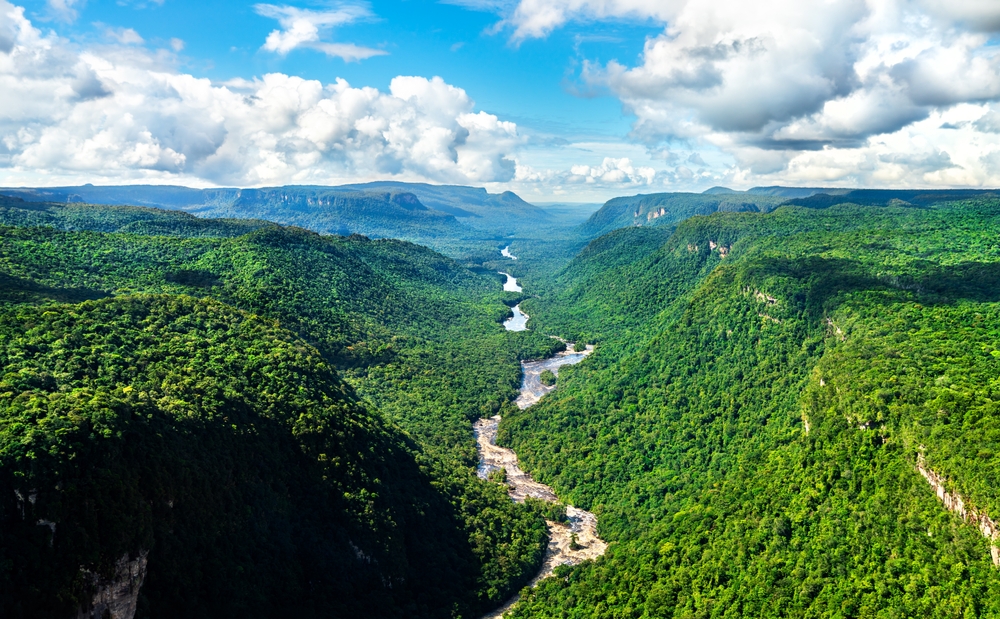
What makes this story viral-worthy isn’t just the acreage; it’s the diplomacy. In a geopolitical climate often defined by division, three sovereign states chose collaboration over competition. At the summit in Calakmul, Mexican President Claudia Sheinbaum called the pact “historic,” Guatemalan President Bernardo Arévalo emphasized environmental safeguards over infrastructure incursions, and Belize Prime Minister Johnny Briceño celebrated the protection of the cultural legacy of the Maya people.
Too often, borders slice through ecosystems. Rivers, forests, and animal migration routes do not obey political maps, which complicates conservation efforts. By creating a shared corridor, these governments have acknowledged that what happens to jaguars in Mexico affects biodiversity in Belize, and that fires in Guatemala send smoke and ecological consequences across borders.
The practical promise is powerful: by coordinating patrols, sharing species databases, and pooling anti-deforestation and fire-management training, the countries aim to make a continuous landscape where wildlife can move freely and conservation strategies are synchronized. That kind of cross-border coordination is rare, and if implemented well, it could become a template for other regions where natural systems cross human lines such as the Congo Basin or Southeast Asia’s rainforests.
The Maya Train Tension: Development vs. Protection
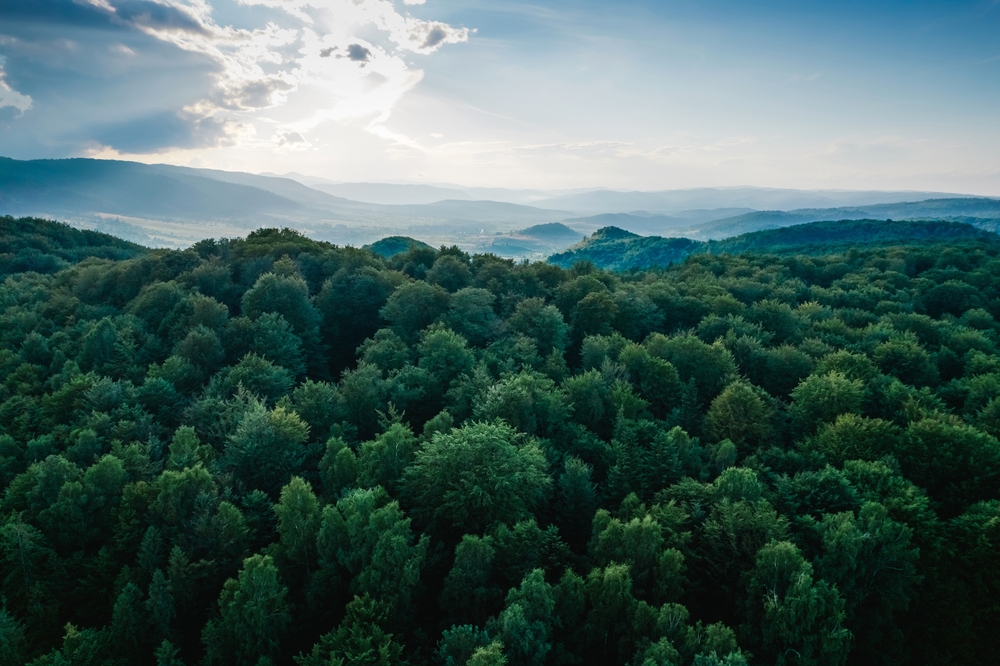
If this were a film, a subplot would be the Maya Train. Mexico’s massive rail project designed to boost tourism and connectivity across the Yucatán has already drawn fire for cutting through sensitive habitats and contributing to tree loss during construction. Media reporting suggests millions of trees were felled during the train’s development, and Indigenous groups have raised concerns about hydrology, sinkholes, and cultural sites.
Guatemala’s President Arévalo was explicit at the Calakmul meeting: any extension of the Maya Train into Guatemala or Belize must not pass through protected areas and will require exhaustive environmental studies. Belizean leaders echoed this stance, stressing that conservation commitments cannot be undercut by infrastructure ambitions.
That tension is the story’s dramatic kernel. Can governments marry big infrastructure ambitions with the long-term needs of ecosystems? The corridor’s proponents say yes if rigorous environmental rules, community consent, and alternative routing persist. Critics, however, warn that without ironclad enforcement and transparent oversight, even well-meaning projects can produce irreversible damage.
The Maya Train has become a litmus test. Will Mexico choose tourism-driven growth at the expense of ecosystems, or will it find new ways to combine economic development with preservation? How this debate unfolds will directly influence the credibility of the corridor as a conservation model.
Crime, Deforestation and the Real-World Fight for Control

The jungle is not threatened only by planned development. Illegal logging, miners, narco-trafficking airstrips and land-grabbing are persistent, on-the-ground dangers particularly along the Mexico-Guatemala frontier. Remote corners of the forest are used as corridors for trafficking, which undermines both biodiversity and human safety.
Guatemala’s environment minister emphasized the need for security presence; Mexico’s environment secretary agreed that law enforcement must be part of the solution. But experts note that heavy-handed militarization without community buy-in can backfire, often pushing locals toward illegal economies rather than away from them.
What’s already working: initiatives like Global Conservation’s Global Park Defense program and on-the-ground ranger networks such as the Genesys Rangers in Mirador have increased patrolling effectiveness and disrupted some illegal operations, as noted by conservation groups working in the region. Donors are pitching in too: foundations and governments have funded technology upgrades (drones, SMART patrolling systems, battery-powered ranger camps) and equipment to increase patrol reach and response.
Still, the corridor’s long-term success hinges on sustained funding, political stability, and integrated approaches that mix security, economic alternatives, and community empowerment. Without community trust and viable livelihoods, criminal activity will simply find new footholds.
People as Protectors, Not Opponents
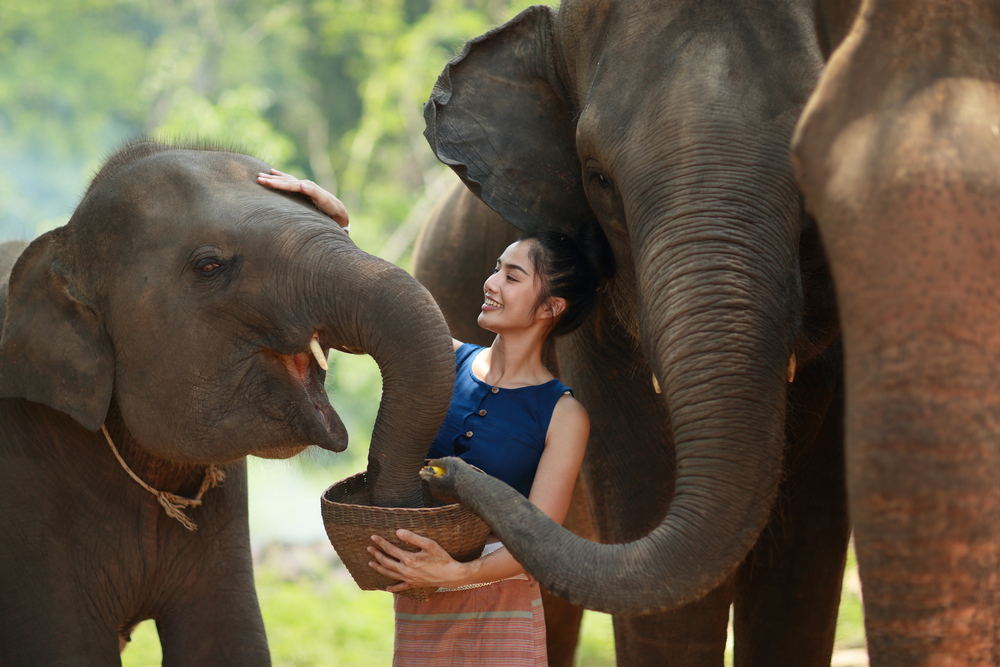
A defining feature of the Calakmul Biocultural Corridor is its explicit recognition of Indigenous and Afro-descendant communities as guardians of the forest. The new agreement calls for Indigenous advisory councils and commits to integrating traditional knowledge into conservation plans. That’s crucial: Maya communities have stewarded these lands for centuries with agroforestry techniques, sacred-site protection, and seasonal landscape knowledge that modern conservationists now study and admire.
Belize’s Briceño put it bluntly: “We are not only protecting an ecosystem, but also honoring the legacy of the civilization that once flourished in these territories.”
Economic tools are part of the plan. The corridor’s architects are exploring eco-tourism, small-scale agroforestry, sustainable timber management, and payments for ecosystem services to provide livelihoods that reward conservation rather than penalize it. Mexico’s past experience with programs like “Planting Life” offers lessons both promising and cautionary about how incentives can go wrong if poorly designed.
Empowering local actors is also a political strategy: community rangers and local governance decrease illegal incursions and strengthen the social fabric that protects the forest. Global Conservation and partners have already been working with local groups to upgrade patrol infrastructure, train rangers, and build monitoring networks.
In Belize, the Maya Forest Trust has taken on stewardship of 240,000 acres of tropical forest, combining local engagement with international support. In Guatemala, the Mirador Basin Project has pioneered integrated protection that unites scientists, Indigenous groups and law enforcement. In Mexico, jaguar monitoring programs have been developed hand-in-hand with communities that see the animal as both a cultural icon and a tourism draw.
What This Means for the Planet
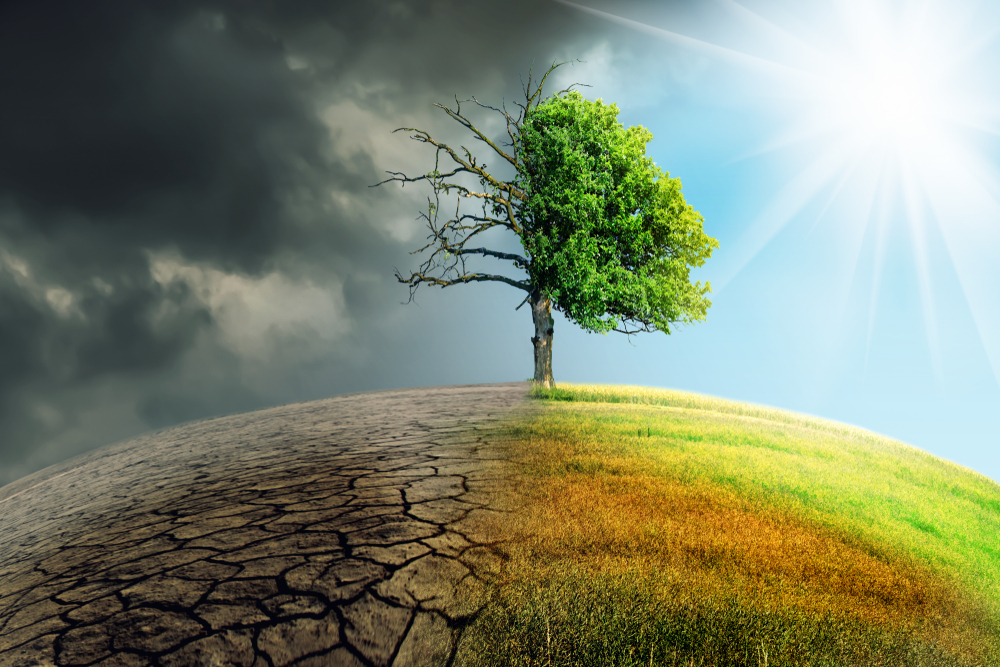
Protecting 5.7 million hectares (about 14 million acres) of contiguous tropical forest is not just regional good news it has global impact. Tropical forests are carbon vaults and hydrological engines that influence weather patterns far beyond their borders. In an era when scientists warn about tipping points especially for the Amazon every large, intact forest matters.
If the Calakmul Biocultural Corridor is implemented with strong enforcement, community leadership and stable funding, it may become a replicable model: transnational conservation that combines biodiversity protection, cultural heritage recognition and sustainable development. International conservation organizations including The Nature Conservancy and philanthropic funders are already engaged in the region, and reporting suggests coordinated funding efforts are underway.
For perspective: the Amazon rainforest covers 2.3 million square miles across nine South American countries. The Maya forest, by contrast, spans about 35 million acres. While smaller in size, it harbors biodiversity density on par with the Amazon and is one of the last remaining tropical forests in Mesoamerica.
Risks, Caveats and Why Vigilance Matters
Big declarations are wonderful, but they’re not self-executing. The corridor faces dangers: political turnover in any of the three governments, underfunded enforcement, corruption, or a loss of community trust could all erode protections. The Maya Train remains a potential flashpoint if routes or spillover development are not strictly limited.
Conservationists stress that vigilance is needed: standardized monitoring systems, transparent budgets, and legally binding cross-border management protocols are essential. Early signals are promising leaders publicly committed to shared databases, joint fire-management and anti-logging operations but follow-through will be the true test.
International watchdogs and NGOs will play a role too. Groups like Global Conservation and Rainforest Trust have the ability to keep pressure on governments by offering both financial incentives and public accountability.
A Hopeful, Complicated Victory
This pact is messy in the best sense: it brings together culture, politics, science, insecurity, development and Indigenous rights into a single policy instrument. It’s a reminder that conservation success is not just about fences and arrests; it’s about governance, funding, culture and justice.
If it works, the Calakmul Biocultural Corridor could become the conservation headline we point to when we want to show that cross-border cooperation and community-led stewardship can outpace extraction and crime. If it fails, it will still teach lessons about the limits of diplomatic declarations and the urgency of marrying words with long-term resources.
The corridor may also reframe how the world sees the Maya forest: not as a fragmented set of reserves scattered across three countries, but as one living, breathing system that must be cared for as a whole. This shift in perspective could spark similar movements in other shared ecosystems across the globe.
Loading...

